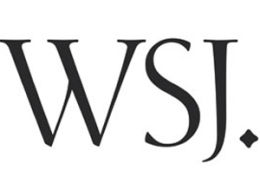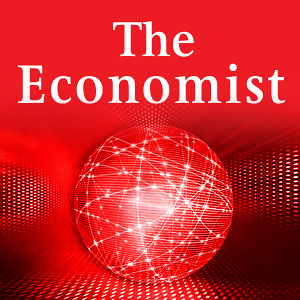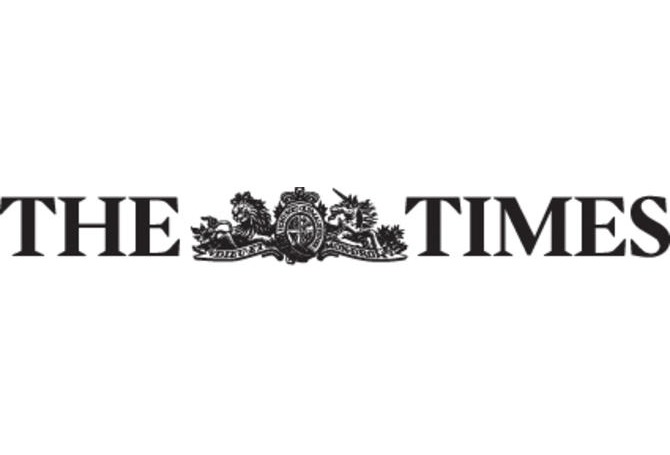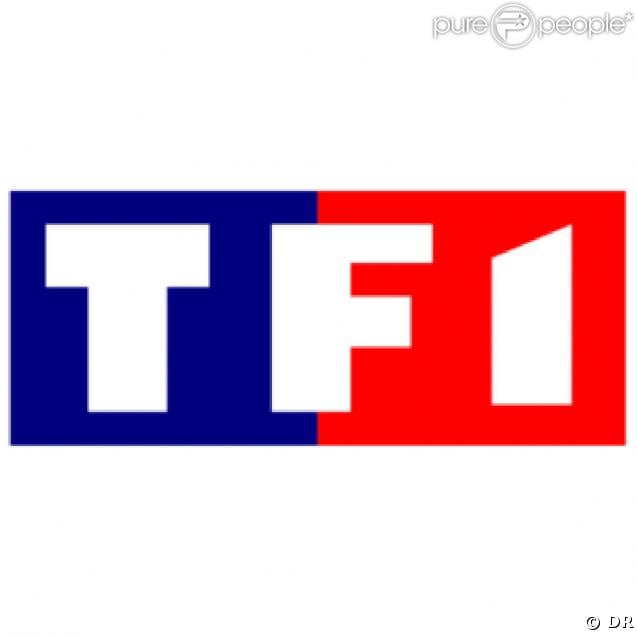SYDNEY—Australia’s central bank Tuesday slashed interest rates by 0.5 percentage point, reacting to mounting evidence the economy has slowed to a crawl in 2012 due in part to a soaring Australian dollar.
The cut lowers the Reserve Bank of Australia’s cash rate target from 4.25% to 3.75%, its lowest level since early 2010. Financial markets had expected a cut of just 0.25 percentage point.
Economists said the cut was an admission by the RBA that it had misread the economy over recent months, failing to recognize that despite a record mining-investment boom the vast bulk of the economy is experiencing near-recessionary conditions.
RBA Governor Glenn Stevens announced the cut but left financial markets no wiser as to the central bank’s future intentions.
“The Board judged it desirable that financial conditions now be easier than those which had prevailed in December,” he said in the RBA statement. “A reduction of [0.5 percentage point] in the cash rate was, in this instance, therefore judged to be necessary in order to deliver the appropriate level of borrowing rates.”
Mr. Stevens also made reference to the high Australian dollar, which remains well above parity with the U.S. currency despite commodity prices reaching a peak in mid-2011.
Ahead of next week’s annual budget, Treasurer Wayne Swan said a plan to return a surplus in the 2012-2013 fiscal year by reversing a forecast 37 billion Australian dollars (US$38.5 billion) deficit this year will give the central bank plenty of room to ease further.
“It does give the Reserve Bank of Australia maximum room to cut interest rates if they think that is appropriate,” Mr. Swan told reporters, adding that he expected economic growth to return to its long-term trend rate above 3.0%.
The Australian dollar fell sharply after the announcement, falling to an intraday low of US$1.0326, down from US$1.0400 just ahead of the announcement. The Australian share market hit a fresh nine-month high after the rate cut, rising from around 4423 to as high as 4448.5.
“I think the RBA has effectively acknowledged that it got the economy wrong over the last few months,” said Shane Oliver, chief economist at AMP Capital Investors. “I think it is the RBA trying to get back on track with the economy after having made a wrong call over the last three months.”
The cut in rates follows weeks of mounting pressure on the RBA board amid news of slowing growth, benign inflation and increasing cries for help from manufacturers, home builders, retailers, tourism operators and exporters.
Australia’s soaring currency, natural disasters and cautious consumer demand have held back growth in the last year. Despite the biggest mining investment boom in more than a century, the economy grew by just 2.3% in calendar 2011, well below its average pace.
So far, 2012 has been little better as commodity prices have eased, turning monthly trade surpluses into deficits and stoking concern about the country’s over-reliance on iron-ore and coal exports to China.
The 80% of the economy that is not mining related has been confronted with stiff headwinds, prompting business leaders to call for the RBA to cut by 0.5 percentage point.
Mr. Swan welcomed the cut as vindication of his budget strategy that is expected to see the substantial fiscal deficit turned into surplus through 2012-13.
Mr. Swan has argued that the contraction of the budget, to be announced on May 8 to parliament, will put downward pressure on the Australian dollar and interest rates over next year.
Earlier Tuesday, the Australian Bureau of Statistics reported a 0.8% fall in house prices in the first quarter. That followed news Monday of a 9.4% plunge in new home sales in March from February.
Australia’s manufacturing sector also remains in crisis, with activity data Tuesday showing this area of the economy contracting at speed.
































